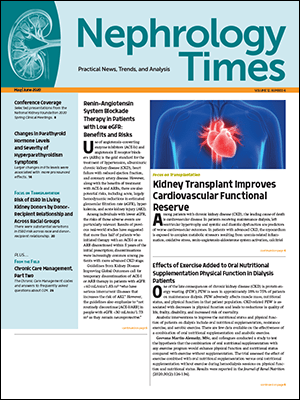
Acute kidney injury (AKI) is common among hospitalized patients, is associated with poor outcomes, and accounts for $10 billion in healthcare costs each year. The Kidney Disease Improving Global Outcomes (KDIGO) consensus group defines AKI as an increase in the concentration of serum creatinine (SCr) of ≥0.3 mg/dL or ≥50% of the baseline value within a 48-hour period or within 7 days after hospitalization or a decrease in urine output. KDIGO severity classification of AKI ranges from 0 (no AKI) to stage 3; the classification is based on the maximum change in SCr concentration or the minimum urine output throughout the hospital stay.
The KDIGO definition does not stratify patients based on differences in patterns of AKI recovery. According to Pavan K. Bhatraju, MD, MSC, and colleagues, combining patients with varying patterns of recovery may hide subgroups that are more closely associated with clinical outcomes and may also hide pathophysiological processes unique to certain populations with AKI. The researchers conducted a prospective, multicenter cohort study designed to determine whether the trajectory of recovery of kidney function within 72 hours after AKI is associated with long-term risk of clinical outcomes. Results were reported in JAMA Network Open [2020;3(4):e202682].
The primary outcome of interest was a composite of major adverse kidney events, defined as incident or progressive chronic kidney disease, long-term dialysis, or all-cause death during study follow-up. The cohort included 1538 adults with or without AKI 3 months following hospital discharge between December 1, 2009, and February 28, 2015. Statistical analyses were completed November 1, 2018. Participants with or without AKI were matched based on demographic characteristics, site, comorbidities, and prehospitalization estimated glomerular filtration rate. Resolving AKI was defined as a decrease in SCr of ≥0.3 mg/dL or ≥2 from maximum in the first 72 hours following AKI diagnosis. Nonresolving AKI was defined as not meeting the criteria for resolving AKI.
A total of 1538 hospitalized patients were included in the cohort; of those, 964 were men, and mean age was 64.6 years. Fifty percent (n=769) had no AKI, 31% (n=475) had a resolving AKI pattern, and 19% (n=294) had a nonresolving AKI pattern. In the first 72 hours following diagnosis of AKI, mean maximum SCr concentration was 1.1 mg/dL in the non AKI population, 2.4 mg/dL in the resolving AKI group, and 2.4 mg/dL in the nonresolving AKI group. There were no significant differences between patients with resolving AKI and those with nonresolving AKI at baseline and within 72 hours after diagnosis.
Compared with participants with resolving AKI, those with nonresolving AKI were more likely to be male (70% vs 66%), have diabetes (53% vs 49%), and have pre-existing CKD (41% vs 39%). Conversely, compared with patients with nonresolving AKI, those with resolving AKI were more likely to have sepsis (18% vs 11%), and KDIGO stage 2 AKI (18% vs 12%) or stage 3 AKI (11% vs 10%). Of the 769 patients with AKI, 74% (n=566) had KDIGO stage 1 AKI.
At the time of hospital discharge, only 54% (n=257) of the patients with resolving AKI had full AKI recovery (SCr concentration that returned to prehospitalization baseline level). At 3 months post-hospitalization, slightly fewer (51%) of the resolving group had recovered to baseline kidney function. Among the nonresolving AKI group, a smaller percentage of patients had an SCr concentration that returned to baseline at discharge or at 3 months post-discharge. Only 16% of patients in the nonresolving group had AKI recovery at hospital discharge, and 38% had AKI recovery at 3 months post-discharge.
The primary outcome (major adverse kidney event) occurred in 36% (n=550) of participants. For participants without AKI, the unadjusted incidence rate was 5.9 events per 100 patient-years; for those with resolving AKI, the rate was 11.9 events per 100 patient-years; and for those with nonresolving AKI, the rate was 16.6 events per 100 patient-years.
Following adjustment for baseline demographic characteristics, diabetes, cardiovascular disease, CKD, sepsis, and site of enrollment, the adjusted hazard ratio (aHR) for the primary outcome was higher in both participants with resolving AKI (aHR, 1.95; 95% confidence interval [CI], 1.58-2.40; P<.001) and those with nonresolving AKI (aHR, 2.80; 95% CI, 2.26-3.46; P<.001) than in those without AKI. The associations remained following additional adjustment for KDIGO AKI stage at 72 hours after diagnosis, shock, mechanical ventilation, and major surgery.
In the groups with AKI, there was an association between nonresolving AKI and a 51% greater risk of a major adverse kidney event (95% CI, 22%-88%; P<.001) compared with those without AKI. In patients with nonresolving AKI, the higher risk was due to a higher risk of incident CKD (aHR, 2.40; 95% CI, 1.65-3.49; P<.001) and progressive CKD (aHR, 1.58; 95% CI, 0.94-2.64; P=.07), compared with those in the resolving AKI group. There were no significant differences in the risk of incident dialysis and death between the AKI recovery patterns.
The researchers cited some limitations to the study, including enrolling patients who survived at least 90 days after hospitalization, potentially limiting generalizability to a patient population at higher risk of inpatient mortality; possible confounding; and the relatively small number of eligible patients with KDIGO AKI stage 2 or 3.
In conclusion, the researchers said, “We defined two AKI recovery subgroups (resolving and nonresolving) that exhibited differences regarding risk for long-term kidney-specific outcomes after hospitalization. In the future, AKI recovery subgroups may allow for improved risk stratification, facilitate prognostic enrichment of AKI clinical trials, and assist in targeting resources for follow-up and early detection of CKD in high-risk populations with AKI.”
Takeaway Points
- Researchers conducted a prospective, multicenter cohort study to examine whether there is an association between the trajectory of kidney function recovery with 72 hours after acute kidney injury (AKI) and long-term risk of kidney-specific outcomes.
- The study included a total of 1538 participants: 50% (n=769) had no AKI; 31% (n=475) had a resolving AKI pattern; and 19% (n=294) had a nonresolving AKI pattern.
- The adjusted hazard ratio for major adverse kidney events was higher for those in the two AKI groups than for participants without AKI. In the population with AKI, those in the nonresolving group had a 51% increased risk of a major adverse kidney event compared with those in the resolving AKI group.

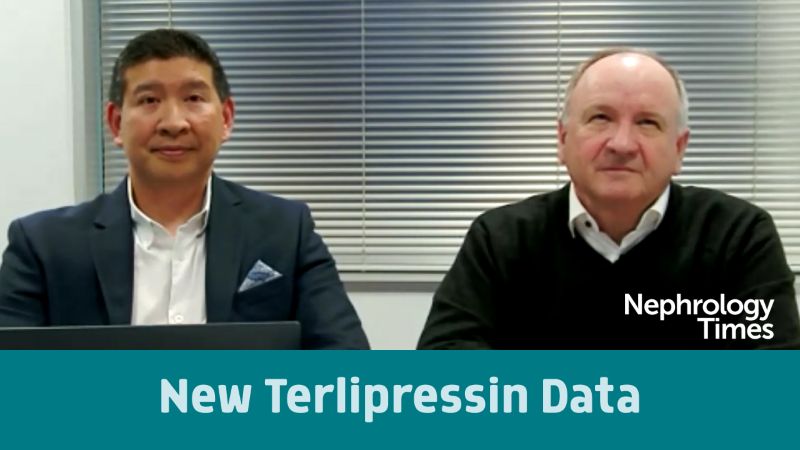
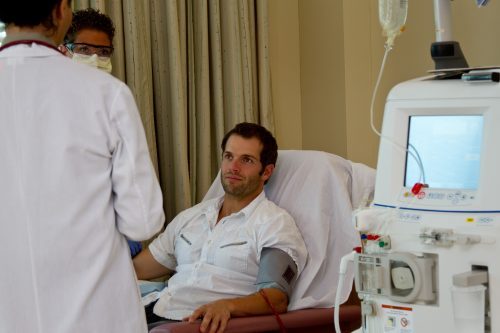
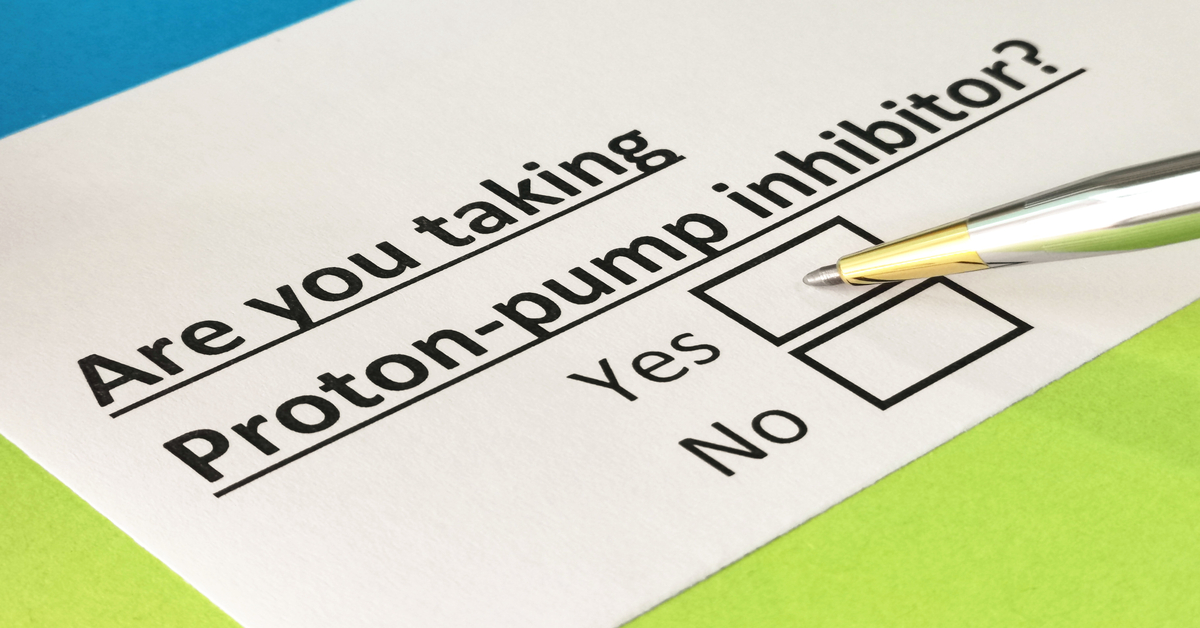
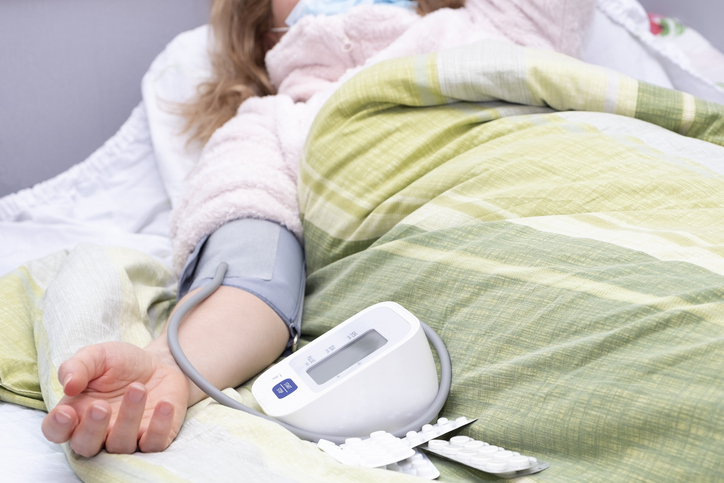
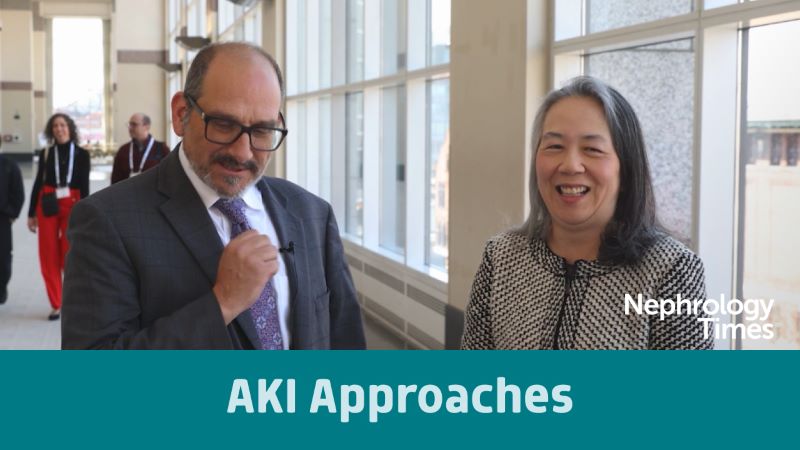

 © 2025 Mashup Media, LLC, a Formedics Property. All Rights Reserved.
© 2025 Mashup Media, LLC, a Formedics Property. All Rights Reserved.